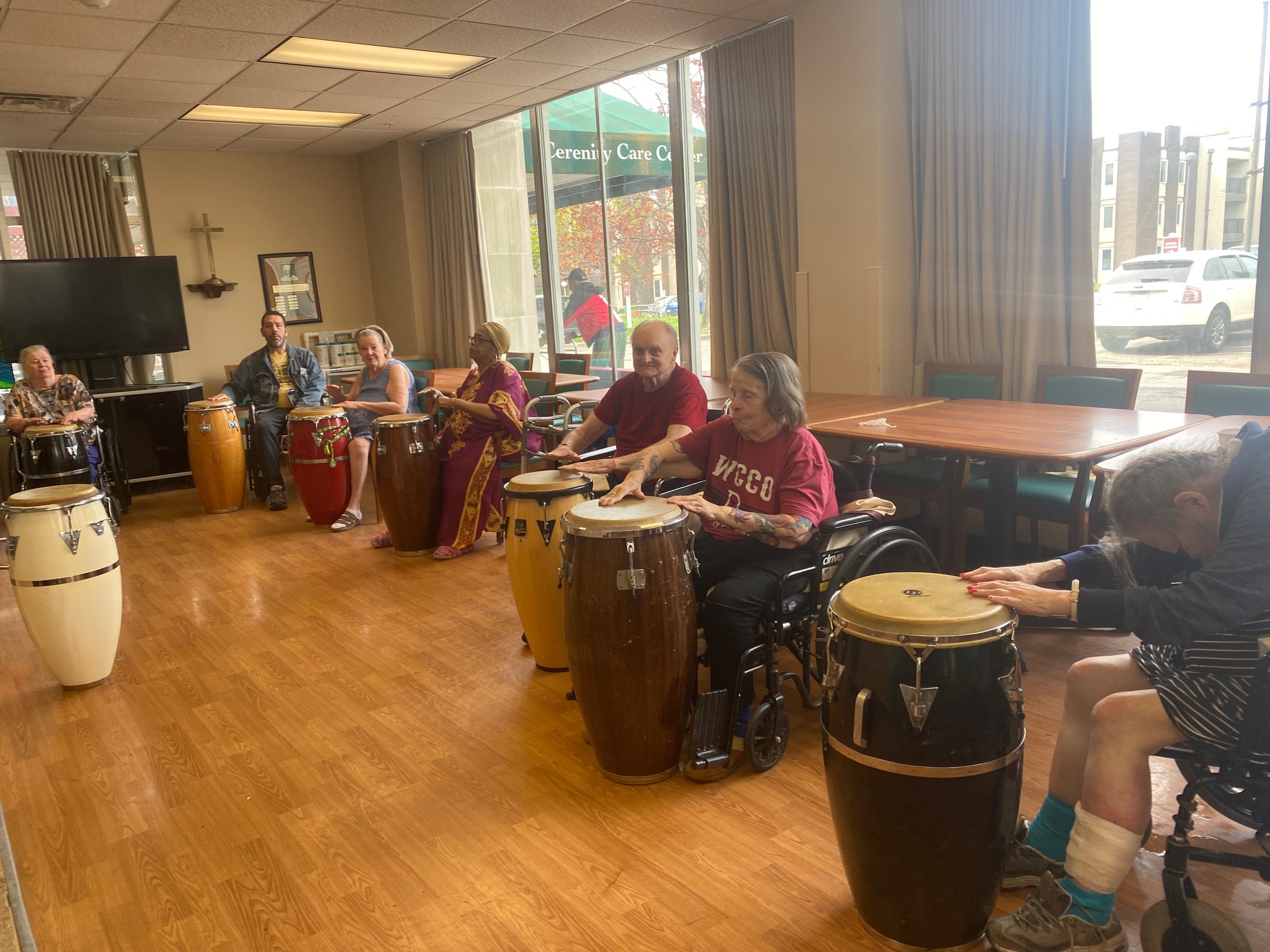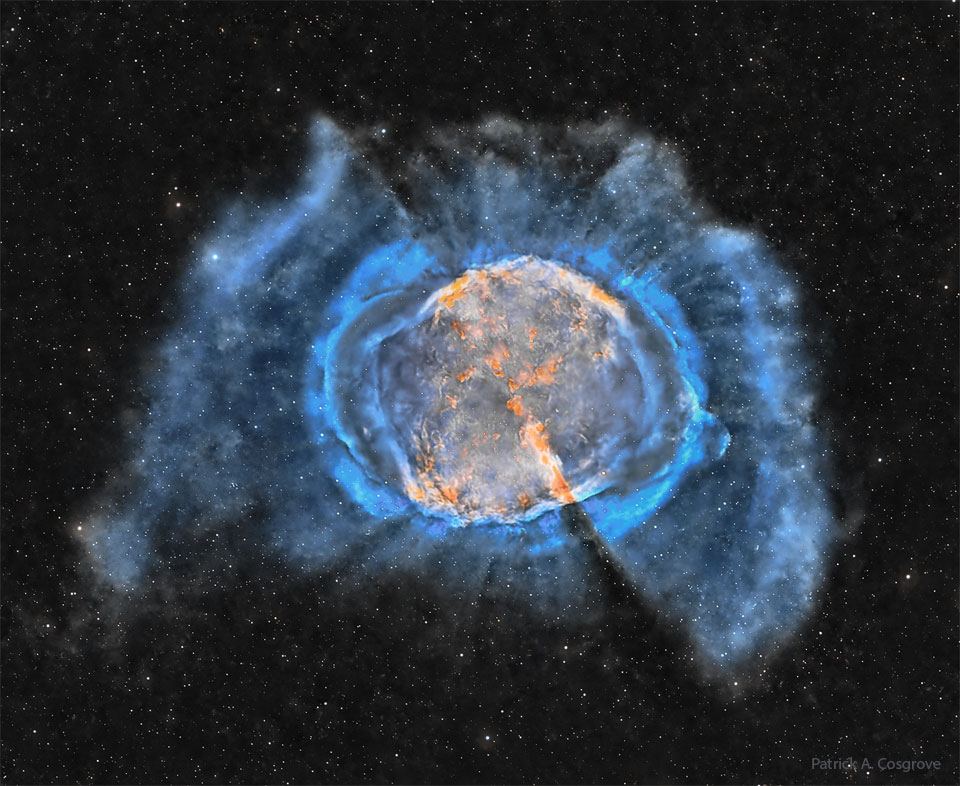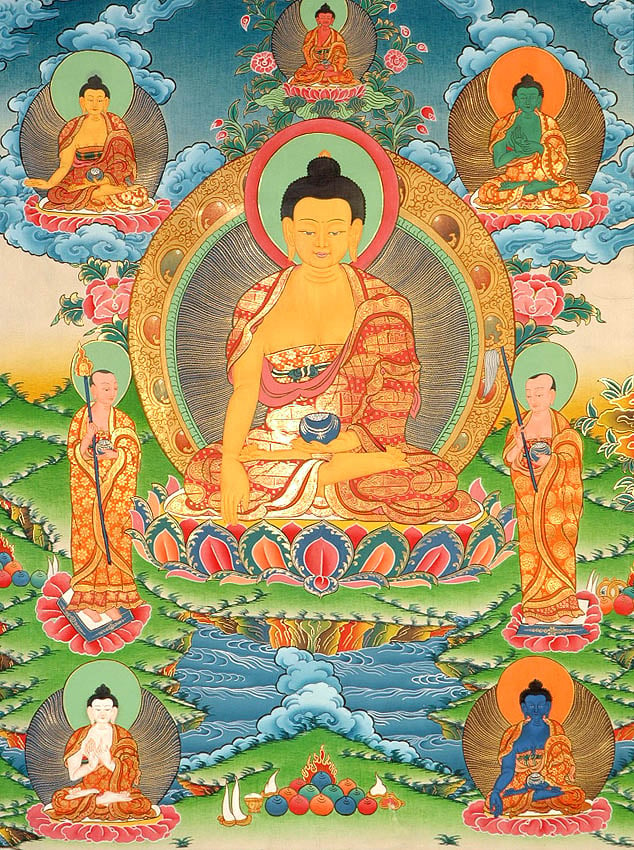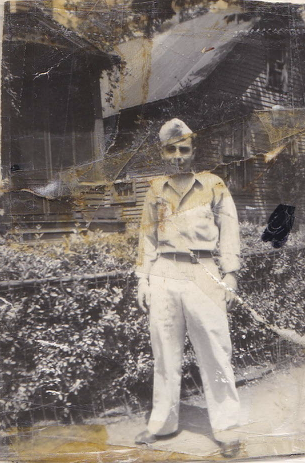Blog
Herbie Lovelle (June 1 1924 – April 8, 2009) was an American drummer, who played jazz, R&B, rock, and folk. He was also a studio musician and an actor.
Lovelle’s uncle was the drummer Arthur Herbert. Lovelle began his career with the trumpeter, singer and band leader Hot Lips Page in the late 1940s, then played in the 1950s with the saxophonist Hal Singer, Johnny Moore‘s Three Blazers and the pianist Earl Hines. Through working for Lucky Thompson and Jimmy Rushing of Count Basie’s Orchestra, he became house drummer at the Savoy Ballroom in New York City for much of the 1950s. He toured with the tenor saxophonist Arnett Cobb and the pianist Teddy Wilson in 1954. In 1959 he contributed to the pianist Paul Curry’s album Paul Curry Presents the Friends of Fats, released on the Golden Crest label.
In the early years of television, he performed with the King Guion Orchestra on the Jerry Lester Show and the Ed Sullivan Show. In 1966, he was the lead drummer for the Sammy Davis, Jr. TV show.
more...
Lafayette Leake (June 1, 1919 – August 14, 1990) was an American blues and jazz pianist, organist, vocalist and composer who played for Chess Records as a session musician, and as a member of the Big Three Trio, during the formative years of Chicago blues. He played piano on many of Chuck Berry’s recordings.
Biography[edit]
Leake was born in Winona, Missouri, United States, in 1919. Information about his early years is sparse, but in the early 1950s he joined the Big Three Trio (replacing Leonard Caston) and began his association with Chess Records, where he worked closely with bassist, producer, and songwriter Willie Dixon.
Leake played piano on One Dozen Berrys, Chuck Berry’s second album, released in 1958 by Chess. He was then on Chuck Berry Is on Top; Leake (not Berry’s longtime bandmate Johnnie Johnson) played the prominent piano on the classic original rendition of “Johnny B. Goode”, as well as “Rock and Roll Music”. Leake played on numerous other Chess sessions from the 1950s through the 1970s, backing many Chess musicians, including Sonny Boy Williamson,[5] Otis Rush, Junior Wells, and Little Walter. Leake gave Chicago blues musician Harmonica Hindshis first harmonica lesson on the street in Toronto, Ontario.
more...Teaching a Rhythm Roots Workshop Residency at Cerenity Humboldt Senior Care center in St Paul. (https://cerenityseniorcare.org/cerenity-senior-care…/). 7th in a series of 9 workshops exploring cultural rhythms from an array of world traditions.

The 27th object on Messier’s list, now known as M27 or the Dumbbell Nebula, is a planetary nebula, one of the brightest planetary nebulae on the sky and visible with binoculars toward the constellation of the Fox (Vulpecula). It takes light about 1000 years to reach us from M27, featured here in colors emitted by sulfur (red), hydrogen (green) and oxygen (blue). We now know that in about 6 billion years, our Sun will shed its outer gases into a planetary nebulalike M27, while its remaining center will become an X-ray hot white dwarf star. Understanding the physics and significance of M27 was well beyond 18th century science, though. Even today, many things remain mysterious aboutplanetary nebulas, including how their intricate shapes are created.

John Henry Bonham (31 May 1948 – 25 September 1980) was an English musician who was the drummer of the rock band Led Zeppelin. Noted for his speed, power, fast single-footed kick drumming, distinctive sound, and feel for groove, he is regarded as one of the greatest and most influential drummers in music history.
Bonham was born in 1948 in Redditch, Worcestershire, and took up drums at the age of five, receiving a snare drum at the age of 10 and a full drum set at the age of 15. He played with multiple local bands both at school and following school, eventually playing in two different bands with Robert Plant. Following the demise of the Yardbirds in 1968, Bonham joined Plant, guitarist Jimmy Page and bass guitarist John Paul Jones to form Led Zeppelin. With the band, Bonham mostly showcased a hard-hitting hard rock style, but also handled funk and Latin-influenced grooves in later releases. Like Keith Moon of the Who, Bonham’s drum set grew in size following the band’s 1969 concert tours, including congas or timpani and a gong. His drum solo “Moby Dick” was featured on the group’s second album and was a staple of their concerts, often lasting over 20 minutes. Outside of Led Zeppelin, Bonham played drums for other artists, including the Family Dogg, Screaming Lord Sutch, Lulu, Jimmy Stevens and Wings. Bonham played with Led Zeppelin until his death at the age of 32, in September 1980 following a day of heavy drinking. The surviving members disbanded the group out of respect for Bonham after his death.
A mostly self-taught drummer, Bonham was influenced by Max Roach, Gene Krupa and Buddy Rich. He was close with Vanilla Fudge drummer Carmine Appice, who introduced him to Ludwig drums. While he was primarily known for his hard-rock style during his lifetime, his reputation as a drummer has grown beyond that genre following his death. He has influenced various drummers, with just a few prominent examples including Dave Grohl, Neil Peart, Chad Smith and Dave Lombardo. He was posthumously inducted into the Rock and Roll Hall of Fame in 1995 as a member of Led Zeppelin. In 2016, Rolling Stone named him the greaOn 24 September 1980.
Bonham was picked up by Led Zeppelin assistant Rex King to attend rehearsals at Bray Studios for a tour of North America, to begin 17 October in Montreal; it was the band’s first tour since 1977. During the journey, Bonham asked to stop for breakfast, where he drank four quadruple vodka screwdrivers (16 shotsbetween 400 and 560 ml). He then continued to drink heavily after arriving at rehearsals. The band stopped rehearsing late in the evening and then went to Page’s house, the Old Mill House in Clewer, Windsor. After midnight on 25 September, Bonham fell asleep; someone took him to bed and placed him on his side. Led Zeppelin tour manager Benji LeFevre and Jones found him unresponsive the next afternoon. Bonham was later pronounced dead at 32 years oldtest drummer of all time.
more...
Jimmy Shirley (1913-1989) was an American jazz and R&B guitarist who recorded from the 1940s to the 1970s. He was an early exponent of the electric guitar and was one of the first to use the Vibrola vibrato arm in recordings, such as “Jimmy’s Blues” (1945).
While growing up in Cleveland, he was taught guitar by his father. In 1937 he moved to New York City and spent four years with the Clarence Profit Trio. In 1940 he recorded with Wingy Carpenter. He worked with Ella Fitzgerald from 1942–1943 and with Phil Moore and Herman Chittison. During the 1940s, he recorded with Clyde Bernhardt, Sid Catlett, Sidney De Paris, Edmond Hall, John Hardee, Coleman Hawkins, Art Hodes, Billie Holiday, James P. Johnson, Pete Johnson, Billy Kyle, and Ram Ramirez.
more...Louis Hayes (born May 31, 1937) is an American jazz drummer and band leader. He was with McCoy Tyner‘s trio for more than three years. Since 1989 he has led his own band, and together with Vincent Herring formed the Cannonball Legacy Band. He is part of the NEA Jazz Masters awards class of 2023.
Louis Sedell Hayes was born in Detroit, Michigan, United States, to a father, an automaker, who played drums and piano. His mother waited tables and played the piano. She was the sister of John Nelson, the father of the musician Prince. Hayes got his first drum set at age 10. The key influence in his early development was his cousin Clarence Stamps, an accomplished drummer who grounded his technical fundamentals and gave him lessons that stuck for life. He refers to the early influence of hearing jazz, especially big bands on the radio. His main influence was Philly Joe Jones and he was mentored by Jo Jones. His three main associations were with Horace Silver‘s Quintet (1956–59), the Cannonball AdderleyQuintet (1959–65), and the Oscar Peterson Trio (1965–67). Hayes often joined Sam Jones, both with Adderley and Peterson, and in freelance settings.
https://www.youtube.com/watch?v=J7bMEjm1VgY
more...Albert “Tootie” Heath (born May 31, 1935) is an American jazz hard bop drummer, the brother of tenor saxophonist Jimmy Heath and the double-bassist Percy Heath.
Born in Philadelphia, Pennsylvania, United States, he first recorded in 1957 with John Coltrane. From 1958 to 1974, he worked with, among others, J. J. Johnson, Wes Montgomery, Art Farmer and Benny Golson‘s Jazztet, Cedar Walton, Bobby Timmons, Kenny Drew, Sonny Rollins, Dexter Gordon, Johnny Griffin, Herbie Hancock, Friedrich Gulda, Nina Simone, and Yusef Lateef. In 1975, he, Jimmy and Percy formed the Heath Brothers. He remained with the group until 1978, then left to freelance. He has recorded extensively throughout his career.
Among his many workshop and classroom teaching assignments, Heath is a regular instructor at the Stanford Jazz Workshop.
Tootie Heath is now the producer and leader of The Whole Drum Truth, a jazz drum ensemble featuring Ben Riley, Ed Thigpen, Jackie Williams, Billy Hart, Charlie Persip, Leroy Williams and Louis Hayes.
https://www.youtube.com/watch?v=UQ_LNT0GWg8
more...There was once a poor man who made tea everyday on a fire. He didn’t realize that his hearthstones were made of gold. So everyday, he lived in poverty with unknown riches at his fingertips. We are like that. We have a limitless mind, yet we choose to not be okay. One of the most beneficial first steps we can take is to stop hating suffering…to actually be okay with it. Over time we work with our mind and exercise our “being okay” muscle. The essential point is that our mind is very flexible and its capacity is limitless. Therefore, how we relate to whatever is appearing, is a choice. Mind and that it is limitless, is our hearthstone of gold, our treasure. We should know this. – Khentrul Rinpoche

The spiral galaxy NGC 298 basks in this image from the NASA/ESA Hubble Space Telescope. NGC 298 lies around 89 million light-years away in the constellation Cetus, and appears isolated in this image — only a handful of distant galaxies and foreground stars accompany the lonely galaxy. While NGC 298 seems peaceful, in 1986 it was host to one of astronomy’s most extreme events: a catastrophic stellar explosion known as a Type II supernova. Hubble’s Advanced Camera for Surveys captured NGC 298 as part of an investigation into the origins of Type II supernovae. All Type II supernovae are produced by the collapse and subsequent explosion of young, massive stars, but they can produce a spectacular diversity of brightnesses and spectral features. Astronomers suspect that the diversity of this cosmic firework show might be due to gas and dust being stripped from the stars that will eventually produce Type II supernovae. Observing the region surrounding supernova explosions can reveal traces of the progenitor star’s history preserved in this lost mass, as well as revealing any companion stars that survived the supernova. Hubble used the brief periods between scheduled observations to explore the aftermath of a number of Type II supernovae, hoping to piece together the relationship between Type II supernovae and the stellar systems which give rise to them. [Image description: A spiral galaxy. It is tilted diagonally, and slightly towards the viewer, making its core and disc separately visible. Its disc is speckled by small stars, has threads of dark reddish dust and bubbles of bright, glowing gas. The core shines brightly in a warmer colour. Several tiny stars and small galaxies are included in the black background.]

Ellsworth McGranahan “Shake” Keane (30 May 1927 – 11 November 1997) was a Vincentian jazzmusician and poet. He is best known today for his role as a jazz trumpeter, principally his work as a member of the ground-breaking Joe Harriott Quintet (1959–65).
Born on the Caribbean island of St Vincent into “a humble family that loved books and music”, Keane attended Kingstown Methodist School and St Vincent Grammar School. He was taught to play the trumpet by his father, Charles (who died when Keane was 13), and gave his first public recital at the age of six. When he was 14 years old, Keane led a musical band made up of his brothers. In the 1940s, with his mother Dorcas working to raise six children, the teenager joined one of the island’s leading bands, Ted Lawrence and His Silvertone Orchestra. During his early adulthood in St Vincent, his principal interest was literature, rather than the music for which he would become better known. He had been dubbed “Shakespeare” by his school friends, on account of this love of prose and poetry. This nickname was subsequently shortened to “Shake”, which name he came to use throughout his adult life. He published two books of poetry, L’Oubili (1950) and Ixion (1952), while still in St Vincent.
more...Clora Larea Bryant (May 30, 1927 – August 25, 2019) was an American jazz trumpeter. She was the only female trumpeter to perform with Dizzy Gillespie and Charlie Parker and was a member of the International Sweethearts of Rhythm.
Bryant was born in Denison, Texas to Charles and Eulila Bryant, the youngest of three children. Her father was a day laborer and her mother was a homemaker who died when Clora was only 3 years old. When Bryant was a young child, she learned to play piano with her brother Mel. As a child, Bryant was a member of the choir in a Baptist church. When her brother Fred joined the military, he left his trumpet, which she learned how to play. In high school she played trumpet in the marching band.
more...Armando Peraza (May 30, 1924 – April 14, 2014) was a Latin jazz percussionist and a member of the rock band Santana. Peraza played congas, bongos, and timbales.
Born in Lawton Batista, Havana, Cuba in 1924 (although the birth year is uncertain), he was orphaned by age 7 and lived on the streets. When he was twelve, he supported himself by selling vegetables, coaching boxing, playing semi-pro baseball, and becoming a loan shark. His music career began at seventeen when he heard at a baseball game that bandleader Alberto Ruiz was looking for a conga player. Ruiz’s brother was on the same baseball team as Peraza. Despite the absence of experience in music, he practiced and won the audition.
He left Cuba for Mexico in 1948 to tend to his sick friend, conga drummer Mongo Santamaría. They arrived in New York City in 1949. After playing in Machito‘s big band, Peraza was invited by Charlie Parker to participate in a recording session that included Buddy Rich. He recorded with Slim Gaillard in New York in November 1949 in a session that produced “Bongo City”. He toured the U.S. with Gaillard’s band until they reached San Francisco, where Gaillard owned the nightclub Bop City. After a period in Mexico, where he recorded with Perez Prado and did some soundtracks for the Mexican movie industry, he returned to the U.S. and settled in San Francisco.
more...Today I honor my Mike Labriola who served in WWII born in Italy moved to USA and served in the Army in Italy. This traumatic experience unhinged his life and became a never-ending battle of emotional turmoil. I regret that I did not have the opportunity to serve my country during the Vietnam war but could not justify enlisting during this horrific senseless conflict. I was drafted but got a student deferment. Then I almost enlisted failed the drum audition and passed the guitar audition but withdrew the possibility.

More Posts
- Lenny White Day
- Professor Longhair Day
- Bobby Timmons Day
- World Music with Red Baraat
- Daily Roots with Marcia Griffiths
- The Cosmos with M98
- Keith Richards Day
- Eddie “Cleanhead” Vinson Day
- Harold Land Day
- Pee Wee Crayton Day
- World Music with Waldjinah
- Daily Roots with Levern, Royell & Barry
- The Cosmos with M31
- Paul Butterfield Day
- James Booker Day
- Sonny Red Day
- World Music with Anda Union
- Daily Roots with Forest Man
- The Cosmos with NGC 3372
- Robin Ford Day